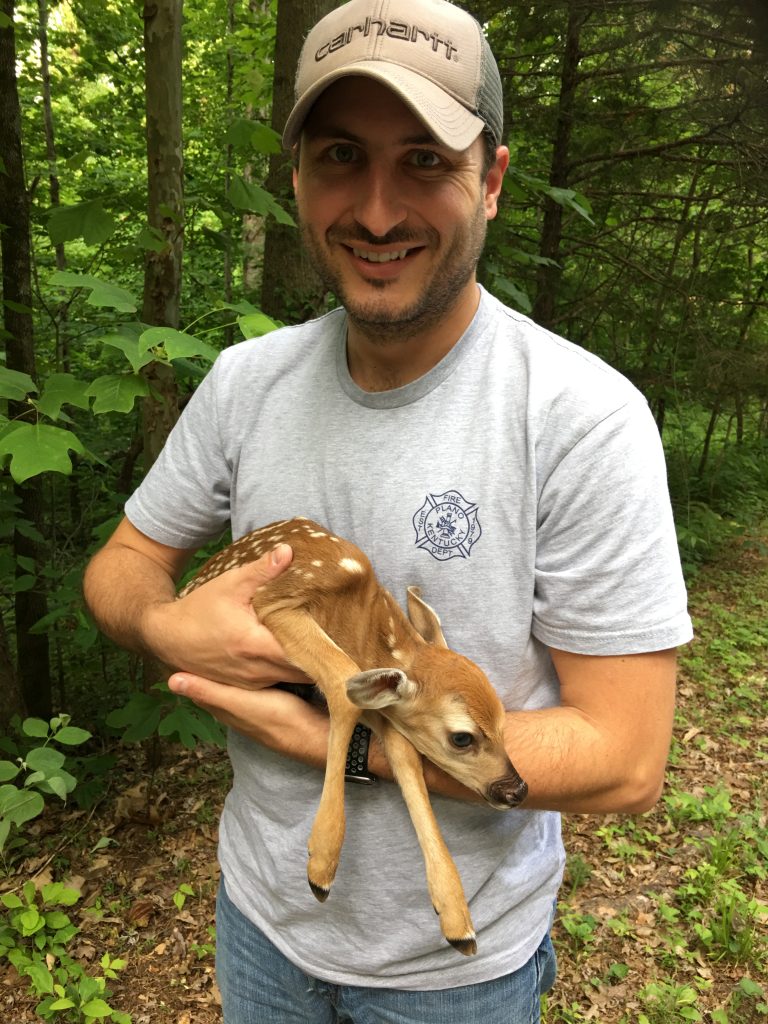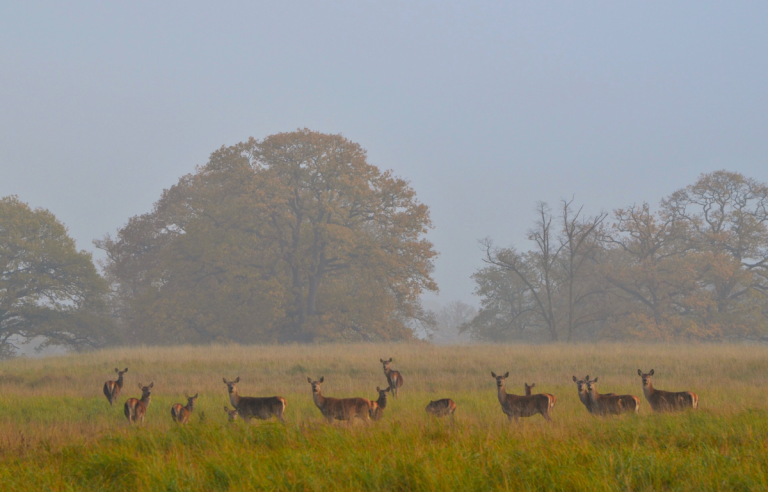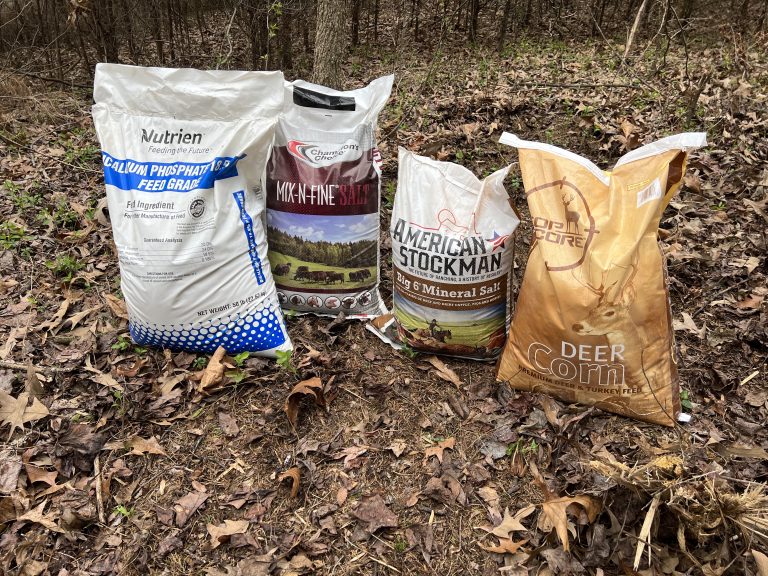Gestation Period Of Whitetail Deer And The Science Of Reproduction
Whitetail deer are fascinating animals that are native to North America. They are known for their agility, speed, and intelligence. These graceful and agile creatures are known for their distinctive white tails and impressive antlers. But one of the most interesting aspects of whitetail deer is their reproductive system.
In this article, we will explore the gestation period of whitetail deer and the science behind it.
Table of Contents
What is the gestation period of whitetail deer?
The gestation period of whitetail deer is around 200 days or 6 1/2 months. Female whitetail deer can have between one and three fawns in the spring. However, this can vary by a few days depending on factors such as the age and health of the doe, time of year, and the availability of food and water.
Gestation period refers to the time between conception and birth of an animal. In the case of whitetail deer, the gestation period is the time between when a doe (female deer) is impregnated and when she gives birth to a fawn (baby deer). This is typically 6.5 months.
During the gestation period, the doe’s body undergoes a number of changes. Her uterus expands to accommodate the growing fawn, and her mammary glands begin to produce milk. She may also experience changes in her behavior, such as becoming more cautious and protective of her territory.
The gestation period for whitetail deer is relatively short compared to other large mammals. For example, elephants have a gestation period of up to 22 months, while giraffes carry their young for around 15 months.
Reproductive process of whitetail deer
Whitetail deer are seasonal breeders, which means that they only mate during certain times of the year. In most areas of North America, the breeding season, called the rut, occurs in the fall. During this time, male deer, known as bucks, will compete for the attention of the does, typically between October and December. Bucks become more aggressive and territorial, while does become more receptive to mating. Bucks will compete with each other for the right to mate with does, and the strongest, healthiest bucks usually win this competition.
Once a buck has successfully mated with a doe, the fertilized egg will implant in the doe’s uterus and begin to grow into a fawn. The fawn will remain in the uterus for the duration of the gestation period, receiving nourishment from the doe through the placenta.
When do does (female deer) give birth to fawns?
Whitetail deer usually give birth in late spring or early summer, depending on their location. The fawning season usually lasts from May through July.

During this time, female deer will seek out secluded areas to give birth, such as dense brush or tall grass. This will protect them and the fawn from predators such as foes, coyotes and more. They will give birth to one or two fawns at a time, although twins are more common.
When a fawn is born, it is incredibly vulnerable and relies entirely on its mother for survival. Fawns are born with a spotted coat and they have no scent, which helps them avoid detection by predators.
For the first few weeks of their lives, fawns will stay hidden in the vegetation while their mother feeds nearby. The fawn will nurse from its mother for several months before transitioning to solid food.
Conclusion
The gestation period of whitetail deer is a fascinating process that demonstrates the complexity of animal reproduction. Through their seasonal breeding and physical changes during pregnancy, whitetail deer are able to ensure the survival of their species year after year.
Continue reading: With the overwhelming population of whitetail deer, is there anything we can do for deer herd management? Hunting is the most proven effective method.



![Abscesses & Infection In Deer [Photos]](https://www.madetohunt.com/wp-content/uploads/2022/11/deer-abscess-pus-768x492.jpeg)




![Coyote Kills Deer [Photos]](https://www.madetohunt.com/wp-content/uploads/2022/11/coyote-kills-deer.jpeg)